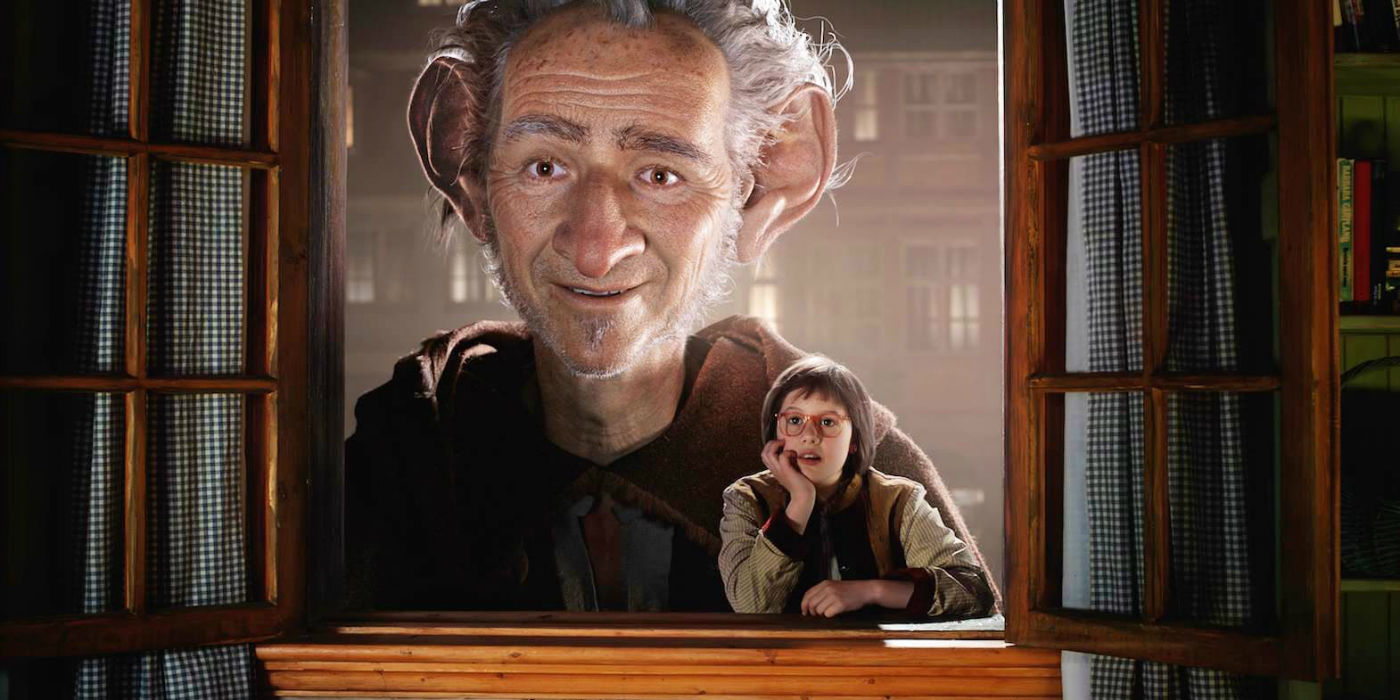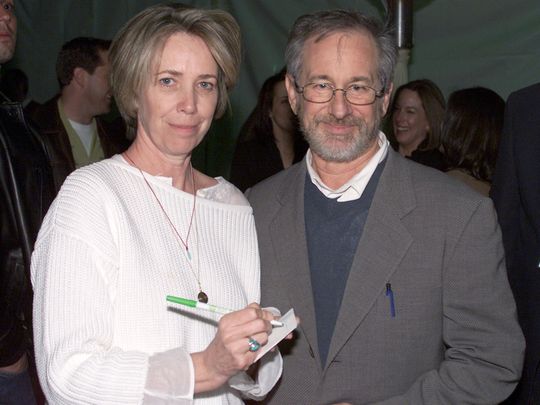How did “The BFG” get made after two decades of trying?
Quick Answer: Based on Roald Dahl’s beloved 1982 children’s book, The BFG tells the story of how a young orphan named Sophie befriends a mysterious being known as the Big Friendly Giant. Although development for the film adaptation began in the early 90s with Robin Williams attached to star, the film was delayed for over two decades due to studio changes and technological challenges. Today, under Steven Spielberg’s direction and with the help of modern special effects and motion-capture technology, The BFG is finally on the big screen.
After two decades in the making, The BFG (2016) has arrived. Though Spielberg’s film may not be the first BFG adaptation ever made, it is the first live-action one. In 1989, an animated adaptation of Dahl’s book was released in the UK as a television special. By the 1990s, Paramount Pictures and film producers Frank Marshall and Kathleen Kennedy envisioned a live action adaptation of The BFG. However, when development for Paramount’s film first began, Roald Dahl’s imaginative world of giants and bottled dreams was almost impossible to adapt into live action film. Although the studio was motivated to release the film during the 90s, the project underwent several failed script revisions and was never able to secure a director.
By 2011, DreamWorks and Walt Disney Studios picked up the movie rights for The BFG with Marshall and Kennedy remaining as the producers. The new script was written by screenwriter Melissa Mathison, who is known for adapting classic children’s books into films, such as The Black Stallion (1979) and The Indian in the Cupboard (1995). Soon after, Steven Spielberg became attached to the project as the director and was reunited with Mathison, whom he first worked with on E.T. the Extra-Terrestrial (1982). The BFG was the first screenplay Mathison wrote in nearly two decades, the last one being Kundun (1997). However, it would also be the last one she penned before passing away in 2015 after being diagnosed with neuroendocrine cancer near the end of production for The BFG.
While the film is dedicated in Mathison’s memory, Roald Dahl’s novel was similarly dedicated to his daughter, Olivia, who died from measles encephalitis at the age of seven in 1962. In a journal entry from 1986, Roald Dahl wrote about the necessity of vaccinations and warned parents of the tragedy that could ensue if they were to refuse to have their children immunized. Dahl dedicated two books to Olivia: James and the Giant Peach before her death and The BFG after her death. Dahl explained, “You will see her name at the beginning of each of these books. And I know how happy she would be if only she could know that her death had helped to save a good deal of illness and death among other children.”
Roald Dahl was known for his dark and macabre children’s stories, and The BFG is no different. In the story, a precocious orphan named Sophie (Ruby Barnhill) is taken by the kindhearted BFG (or Big Friendly Giant) to Giant Country, where she must defeat a gang of terrifying man-eating giants. Steven Spielberg saw the parallels between the works of Roald Dahl and Walt Disney. As a fan of both, Spielberg was motivated to direct The BFG. “I think it was kind of genius of Roald Dahl to be able to empower the children,” he told Movieweb. “It was very, very brave of him to introduce that combination of darkness and light which was so much Disney’s original signature in a lot of their earlier works… and being able to do scary, but also be redemptive at the same time and teach a lesson, an enduring lesson, to everyone, it was a wonderful thing for Dahl to have done, and it was one of the things that attracted me to want to direct this Dahl book.”
With Spielberg as the director, the project quickly gained momentum. For the role of the BFG, Spielberg went to actor Mark Rylance with whom he worked on Bridge of Spies (2015). Back in the 90s, Robin Williams was originally attached to play the title role. Although the film’s producers welcomed Robin Williams’ performance, the technical limitations of that time contributed to why the project stalled. Producer Kathleen Kennedy said, “One of the most important things for Steven [Spielberg] was to have the actors in the same space so they were relating to each other… Even five, ten years ago the two actors would have had to be in different stages to do this.”

However, with today’s technology Spielberg was able to include both the enormous BFG and little Sophie in the same shot by using Simulcam to create a new process that animated the actors’ performances as close to live-action shooting as possible. This allowed actors Ruby Barnhill and Mark Rylance to interact with each other in the same moment. By using motion capture to track the actors’ movements, the 24-feet tall BFG was even able to retain much of Mark Rylance’s full-body performance.
The fictional land of Giant Country and all of its inhabitants were finally made possible due to improved CGI and special effects. Although it would have been interesting to think about what The BFG could have been back in the 90s, there is no doubt that today’s BFG is strikingly more detailed and visually rich than what could have been possible two decades ago. A live action version of The BFG may have been considered a daunting and near impossible feat when it was first developing, but today we can experience the adventures of Sophie and the BFG in the land of Giant Country.


